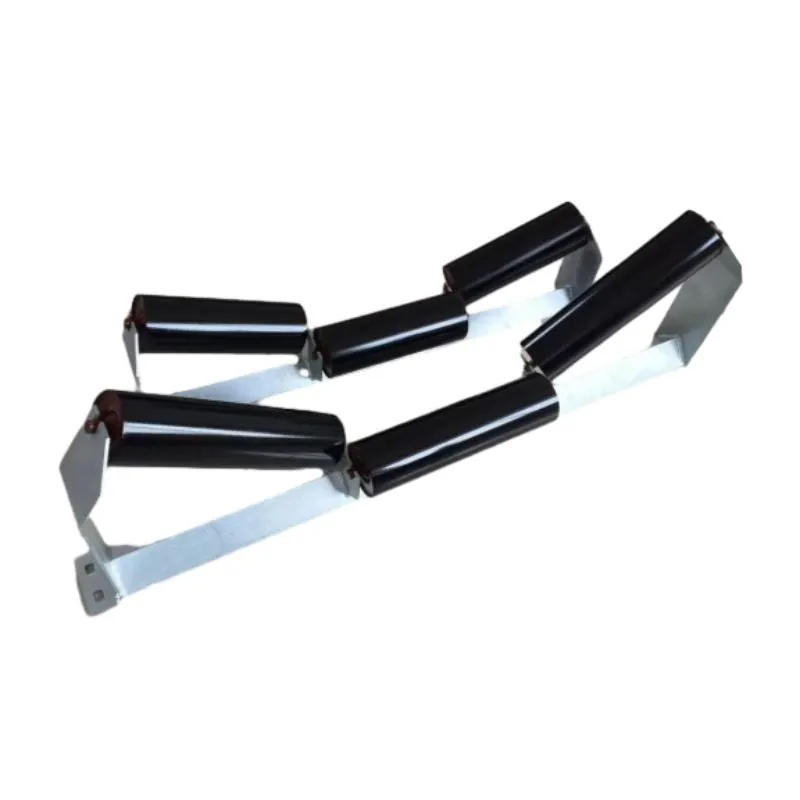 Afrikaans
Afrikaans  Albanian
Albanian  Amharic
Amharic  Arabic
Arabic  Armenian
Armenian  Azerbaijani
Azerbaijani  Basque
Basque  Belarusian
Belarusian  Bengali
Bengali  Bosnian
Bosnian  Bulgarian
Bulgarian  Catalan
Catalan  Cebuano
Cebuano  Corsican
Corsican  Croatian
Croatian  Czech
Czech  Danish
Danish  Dutch
Dutch  English
English  Esperanto
Esperanto  Estonian
Estonian  Finnish
Finnish  French
French  Frisian
Frisian  Galician
Galician  Georgian
Georgian  German
German  Greek
Greek  Gujarati
Gujarati  Haitian Creole
Haitian Creole  hausa
hausa  hawaiian
hawaiian  Hebrew
Hebrew  Hindi
Hindi  Miao
Miao  Hungarian
Hungarian  Icelandic
Icelandic  igbo
igbo  Indonesian
Indonesian  irish
irish  Italian
Italian  Japanese
Japanese  Javanese
Javanese  Kannada
Kannada  kazakh
kazakh  Khmer
Khmer  Rwandese
Rwandese  Korean
Korean  Kurdish
Kurdish  Kyrgyz
Kyrgyz  Lao
Lao  Latin
Latin  Latvian
Latvian  Lithuanian
Lithuanian  Luxembourgish
Luxembourgish  Macedonian
Macedonian  Malgashi
Malgashi  Malay
Malay  Malayalam
Malayalam  Maltese
Maltese  Maori
Maori  Marathi
Marathi  Mongolian
Mongolian  Myanmar
Myanmar  Nepali
Nepali  Norwegian
Norwegian  Norwegian
Norwegian  Occitan
Occitan  Pashto
Pashto  Persian
Persian  Polish
Polish  Portuguese
Portuguese  Punjabi
Punjabi  Romanian
Romanian  Russian
Russian  Samoan
Samoan  Scottish Gaelic
Scottish Gaelic  Serbian
Serbian  Sesotho
Sesotho  Shona
Shona  Sindhi
Sindhi  Sinhala
Sinhala  Slovak
Slovak  Slovenian
Slovenian  Somali
Somali  Spanish
Spanish  Sundanese
Sundanese  Swahili
Swahili  Swedish
Swedish  Tagalog
Tagalog  Tajik
Tajik  Tamil
Tamil  Tatar
Tatar  Telugu
Telugu  Thai
Thai  Turkish
Turkish  Turkmen
Turkmen  Ukrainian
Ukrainian  Urdu
Urdu  Uighur
Uighur  Uzbek
Uzbek  Vietnamese
Vietnamese  Welsh
Welsh  Bantu
Bantu  Yiddish
Yiddish  Yoruba
Yoruba  Zulu
Zulu Essential Parts of Conveyor Pulley Systems for Efficient Material Handling
Understanding Conveyor Pulley Components
Conveyor systems are a vital component in various industries, enabling efficient movement of materials from one point to another. Among these systems, conveyor pulleys play a crucial role in ensuring operational effectiveness and reliability. Understanding the components of conveyor pulleys can help in the selection, maintenance, and optimization of these systems, enhancing overall productivity.
What are Conveyor Pulleys?
Conveyor pulleys are cylindrical devices that are used in conveyor systems to guide and move belts. They are typically mounted on bearings and are driven by a motor or another power source. The primary function of a conveyor pulley is to provide the necessary tension to the conveyor belt while also supporting the weight of the materials being transported. Different types of pulleys are designed for varying applications, contributing to the overall efficiency and effectiveness of the conveyor system.
Key Components of Conveyor Pulleys
1. Shell The shell is the main body of the pulley, providing the structure needed to maintain its integrity under load. It is typically made from materials like steel or polymer, ensuring durability and resistance to wear and tear.
2. End Discs End discs connect the shell to the shaft and help in maintaining the structural integrity of the pulley. These components are often reinforced to withstand the stress generated during operation.
3. Shaft The shaft is a central component that transmits the drive force from the motor to the pulley. It is critical for connecting the pulley to the drive mechanism and must be robust enough to handle the torque and stresses from the belt movement.
4. Bearings Bearings are essential for reducing friction between the moving parts of the pulley and ensuring smooth rotation. Proper lubrication and maintenance of bearings are vital to prevent failure and extend the life of the conveyor system.
conveyor pulley components

5. Lagging Lagging is a material applied to the outer surface of the pulley shell to enhance friction between the belt and the pulley. Different lagging materials, such as rubber or ceramic, are used based on the application, helping to improve belt grip, reduce slippage, and prevent wear.
6. Pulley Types Various pulley types are designed for specific functions within conveyor systems. Common types include drive pulleys, tail pulleys, and snub pulleys, each serving distinct roles in conveying materials effectively.
Importance of Choosing the Right Conveyor Pulley
The selection of the appropriate conveyor pulley is critical for the efficiency and longevity of the conveyor system. Considerations include the load specifications, the type of materials being transported, operational conditions, and the overall design of the conveyor system. Using the wrong type or dimension of pulley can lead to increased wear and tear, belt slippage, and ultimately, system failure.
Maintenance of Conveyor Pulleys
Regular maintenance is essential to ensure the reliability and functionality of conveyor pulleys. This includes inspecting the pulley for wear and damage, checking the condition of the bearings, and ensuring proper alignment with the conveyor belt. Timely replacements of worn-out components can prevent more significant problems, reducing downtime and maintenance costs.
Conclusion
Conveyor pulleys are integral to the efficient operation of conveyor systems, with various components working together to facilitate the movement of materials. An understanding of these components, along with proper selection and maintenance practices, is essential for optimizing conveyor performance and extending the lifespan of the equipment. By ensuring that conveyor pulleys are maintained and chosen wisely, businesses can enhance their productivity and reliability in material handling operations.
-
Revolutionizing Conveyor Reliability with Advanced Rubber Lagging PulleysNewsJul.22,2025
-
Powering Precision and Durability with Expert Manufacturers of Conveyor ComponentsNewsJul.22,2025
-
Optimizing Conveyor Systems with Advanced Conveyor AccessoriesNewsJul.22,2025
-
Maximize Conveyor Efficiency with Quality Conveyor Idler PulleysNewsJul.22,2025
-
Future-Proof Your Conveyor System with High-Performance Polyurethane RollerNewsJul.22,2025
-
Driving Efficiency Forward with Quality Idlers and RollersNewsJul.22,2025





























